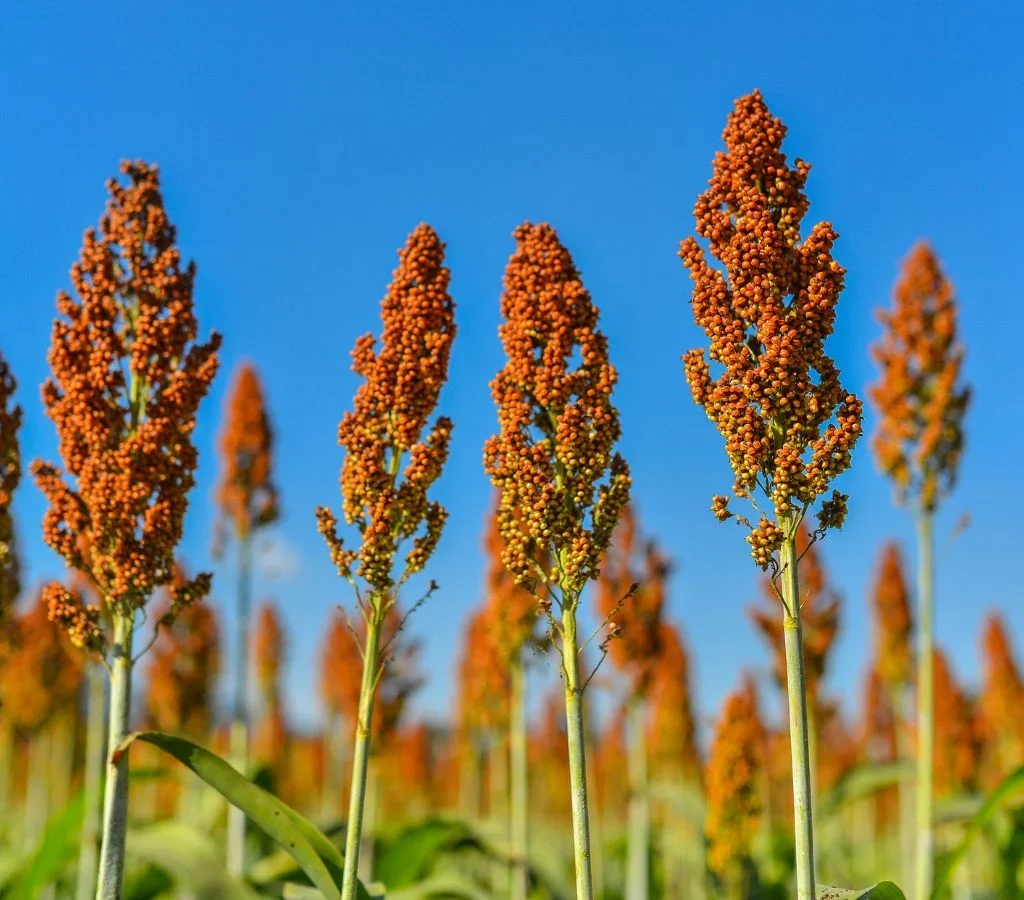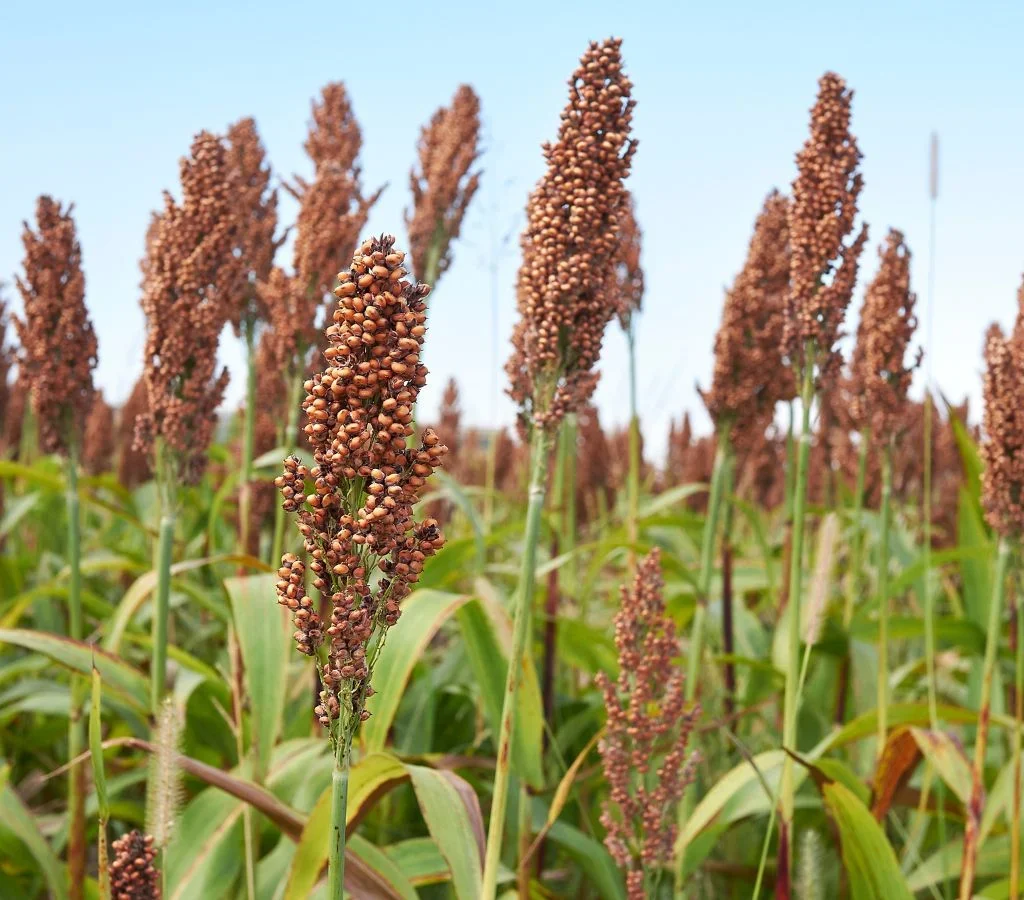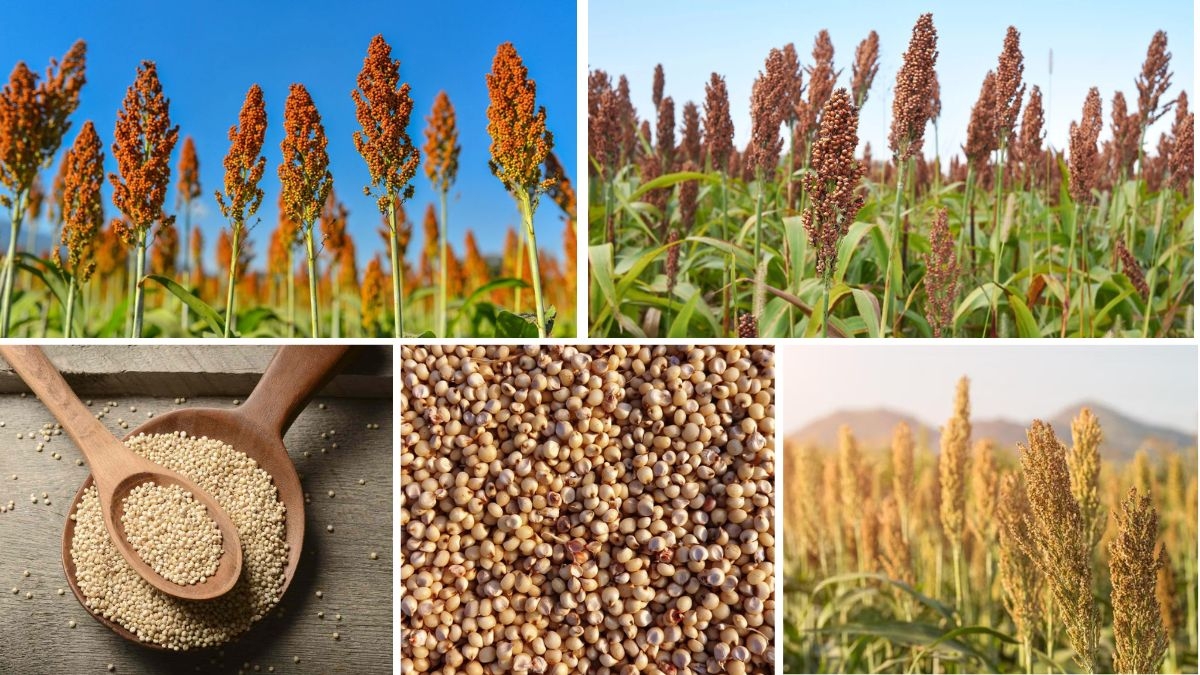Sorghum (Sorghum bicolor), often referred to as milo, is one of the world’s most important cereal grains. Known for its drought tolerance, versatility, and nutritional value, sorghum plays a vital role in global agriculture, particularly in regions prone to water scarcity. It is cultivated for human consumption, animal feed, and industrial uses such as biofuel production. With growing global demand, it becomes crucial to examine which country leads the world in sorghum exports.
Understanding Sorghum

Sorghum is a cereal crop native to Africa but now cultivated globally in tropical, subtropical, and semi-arid regions. Its resilience to drought, heat, and poor soil conditions makes it an essential crop for food security, especially in developing countries.
Key Uses of Sorghum:
- Food: Sorghum grains are used in porridges, flatbreads, and fermented products.
- Animal Feed: It serves as a major feed grain for livestock, especially in the poultry and cattle industry.
- Industrial Use: Sorghum is increasingly used in the production of bioethanol, alcoholic beverages, and biodegradable packaging materials.
Sorghum cultivation requires moderate rainfall, warm temperatures, and well-drained soils. It has a short growing season, making it suitable for areas with variable climatic conditions.
Global Sorghum Production Overview

While many countries cultivate sorghum, the largest producers include the United States, India, Nigeria, Mexico, and Argentina. However, when it comes to exports, the United States dominates the global market, supplying the majority of sorghum to international buyers.
United States: The Leading Sorghum Exporter

The United States is the world’s largest sorghum exporter, accounting for over 70% of global sorghum exports. Sorghum production is concentrated in the southern Great Plains, particularly in Kansas, Texas, and Oklahoma, where favorable soil and climate conditions allow for high yields.
Reasons Behind U.S. Dominance:
- Ideal Growing Conditions: The semi-arid climate of the U.S. Great Plains, combined with modern irrigation and mechanized farming, provides optimal conditions for sorghum cultivation.
- High-Yield Varieties: U.S. farmers utilize advanced hybrid varieties that are disease-resistant, drought-tolerant, and high-yielding.
- Infrastructure and Technology: The U.S. has efficient storage, processing, and transportation networks, allowing sorghum to reach domestic and international markets quickly.
- Strong Export Markets: U.S. sorghum is in high demand for both feed and industrial purposes, particularly in China, Mexico, and Southeast Asia. China alone imports millions of tons annually to support its livestock industry.
- Government Support: Agricultural policies, subsidies, and research investment have supported the growth of sorghum as a major export crop.
The combination of favorable growing conditions, technological advancements, and strategic trade agreements has solidified the United States’ position as the top global exporter of sorghum.
Other Major Sorghum Exporters

While the U.S. leads the market, other countries contribute significantly to global sorghum trade:
- Argentina: Argentina is a key exporter of sorghum, particularly to Europe and South America. The country’s Pampas region provides fertile soil and favorable climate conditions, allowing consistent production and export. Argentina focuses on both feed-grade sorghum and human consumption varieties.
- Sudan: Sudan is another notable exporter, especially to Middle Eastern countries. Sorghum cultivation in Sudan supports domestic food security while generating income through exports.
- Australia: Australia exports sorghum primarily to Asia, including Japan, Korea, and Southeast Asian countries. The tropical and subtropical climates in Queensland and New South Wales allow for high-quality sorghum production.
- India: India produces large quantities of sorghum, mainly for domestic consumption. However, surplus production is sometimes exported to neighboring countries in South Asia and the Middle East.
- Mexico: Mexico produces sorghum mainly for animal feed, with some exports to the U.S. and Central America. The country’s semi-arid regions are particularly suitable for drought-tolerant sorghum varieties.
Economic Importance of Sorghum Exports
Sorghum is more than just a crop; it is an economic driver in producing countries:
- Employment and Rural Livelihoods: Sorghum farming supports millions of smallholder and commercial farmers worldwide, providing jobs in cultivation, harvesting, processing, and trade.
- Foreign Exchange Earnings: For top exporters like the United States, Argentina, and Australia, sorghum exports generate substantial foreign exchange, contributing to national GDP.
- Industrial Growth: Sorghum supports industries such as livestock feed production, biofuel manufacturing, and brewing, creating downstream economic benefits.
- Food Security: Export revenues from sorghum can be reinvested in domestic agriculture, infrastructure, and social programs, indirectly enhancing food security.
Challenges in Sorghum Exporting

Despite its advantages, sorghum production and export face several challenges:
- Climate Change: Increasing temperatures, unpredictable rainfall, and extreme weather events can reduce yields and impact quality.
- Pests and Diseases: Sorghum crops are vulnerable to pests such as stem borers, aphids, and fungal diseases, requiring careful management.
- Market Volatility: Global price fluctuations, changing trade policies, and competition from other feed grains like corn affect profitability.
- Logistical Constraints: Efficient storage, transportation, and port infrastructure are critical to maintaining quality and meeting export commitments.
To address these challenges, countries are investing in climate-resilient varieties, improved pest management strategies, and better supply chain logistics.
Global Market Trends and Future Outlook
The sorghum industry is poised for growth due to rising demand for animal feed, biofuel, and health-conscious food products:
- Increasing Demand in Asia: China and Southeast Asian countries are major consumers of imported sorghum for livestock feed and brewing industries.
- Biofuel Potential: Sorghum’s high biomass yield and sugar content make it suitable for bioethanol production, offering a sustainable alternative to fossil fuels.
- Health Food Market: Sorghum is gluten-free, high in antioxidants, and rich in fiber, positioning it as a desirable grain in health-conscious diets.
- Technological Advancements: Precision agriculture, hybrid seeds, and mechanized harvesting are enhancing productivity and reducing production risks.
- Sustainable Practices: Conservation agriculture, crop rotation, and efficient irrigation techniques are improving environmental sustainability and soil health.
With these trends, sorghum is set to maintain its significance in global agriculture and trade.
Conclusion
The United States is the largest sorghum exporter in the world, dominating global trade through high production volumes, advanced technology, and strong export relationships. Countries like Argentina, Australia, Sudan, India, and Mexico also play significant roles, contributing to regional and international markets.
Sorghum’s versatility as a food, feed, and industrial crop, combined with its adaptability to challenging climates, ensures its continued relevance in global agriculture. Understanding the dynamics of sorghum production and export helps policymakers, farmers, and investors make informed decisions, securing a resilient and profitable future for this vital cereal grain.






Leave A Comment